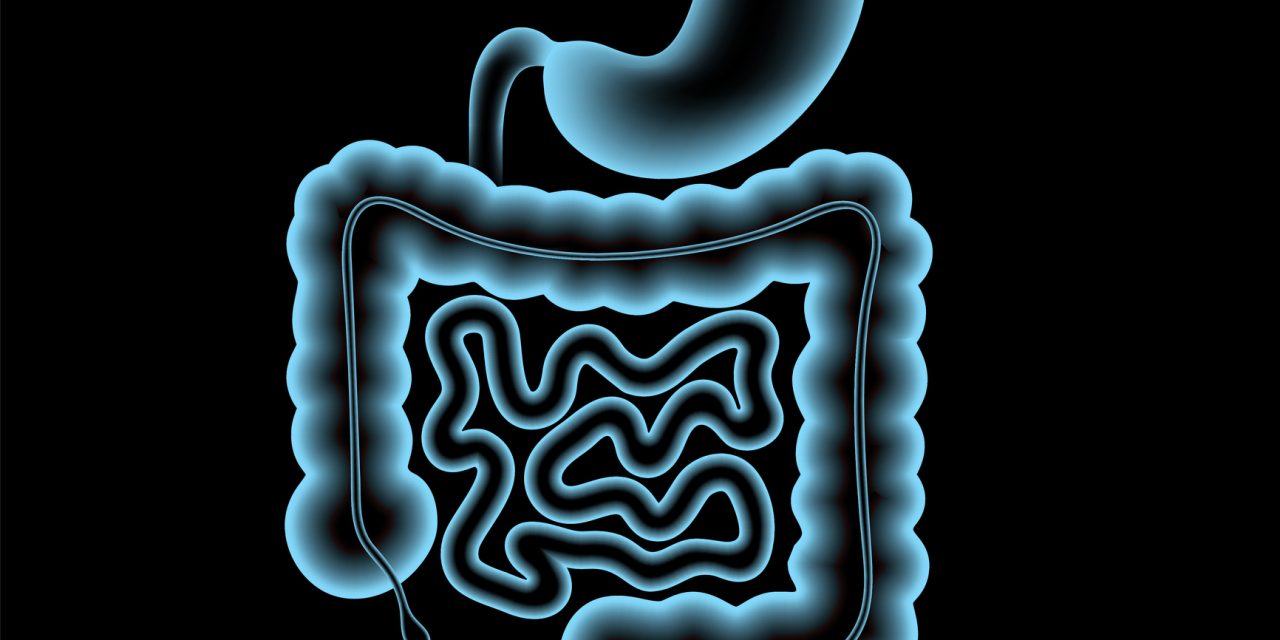Progressive familial intrahepatic cholestasis (PFIC) is a cohort of autosomal recessive syndromes which presents with jaundice, severe pruritus and liver derangement. Without treatments, patients progress to liver failure in early childhood. Biliary diversion strategies have been deployed to interrupt enterohepatic circulation to alleviate symptoms and delay progression to cirrhosis. Cholecystocolostomy has been the diversion method of choice at our institution and we aim to evaluate its long-term outcome.
All patients with PFIC who underwent cholecystocolostomy between August 2003 to May 2019 were included. PFIC diagnosed by clinical course, serum liver biochemistry and genotyping excluding other causes of cholestasis. All patients received ursodeoxycholic acid prior to biliary diversion. Those without long-term follow-up were excluded. Long-term follow-up conducted with physical examination, abdominal ultrasonography, liver function tests, contrast enema studies and colonoscopies. Outcome analysis was performed with patients divided into three groups according to their postoperative responses.
58 children underwent cholecystocolostomy, 41 were included in the study. Overall survival rate was 73.2% without a liver transplant. Survival improved to 81.1% in those without cirrhosis. 83.3% of those without a transplant was to no longer need any medication after their cholecystocolostomy. Recurrent cholestasis was seen in those with constipation (n = 8), ascending cholangitis (n = 10), intrahepatic reflux from Y-loop (n = 3) and cystic duct stenosis (n = 4).
Cholecystocolostomy is a safe and effective technique for treatment of cholestasis in PFIC patients without cirrhosis. Careful monitoring and proactive management of postoperative constipation and ascending cholangitis is required to prevent stenosis of the cystic duct leading to recurrent cholestasis.
Long-term outcome following cholecystocolostomy in 41 patients with progressive familial intrahepatic cholestasis.


